Gish by The Smashing Pumpkins
Buy Gish Gish is the debut album by alternative rock band Smashing Pumpkins, released independently in 1991. The album was co-produced by Butch Vig and recorded in his studio in Madison, Wisconsin. The […]
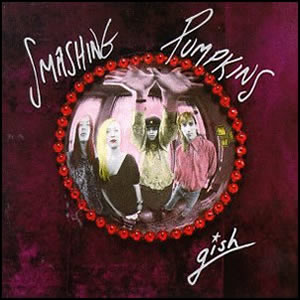
Buy Gish Gish is the debut album by alternative rock band Smashing Pumpkins, released independently in 1991. The album was co-produced by Butch Vig and recorded in his studio in Madison, Wisconsin. The […]

Buy Ghost In the Machine Ghost in the Machine is the fourth album by The Police and the first to actually use an English title, albeit the title was borrowed from the Albert […]
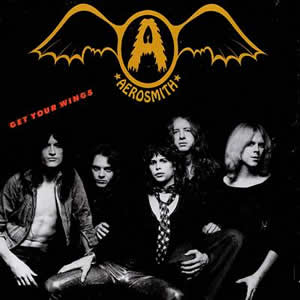
Buy Get Your Wings After their raw but potent debut in 1973, Aerosmith really started to forge their classic 1970s rock sound with their second album, Get Your Wings. This was due, in […]
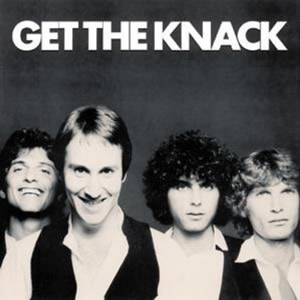
Buy Get the Knack Get the Knack was one of those rare debut albums that became the singular phenomenal success defining a band’s career. Released in the beginning of summer 1979, this album […]
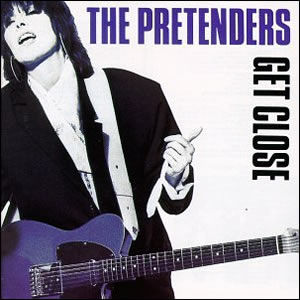
Buy Get Close The fourth overall album by The Pretenders, the 1986 release Get Close, shows a radical musical transition by the group firmly controlled by composer and lead vocalist Chrissie Hynde. In […]
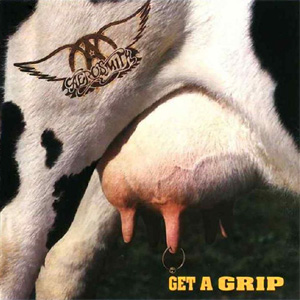
Buy Get a Grip Aerosmith made an amazing comeback in the late 1980s, as the band which was essentially dead at the beginning of that decade sprang back with a second act unlike […]
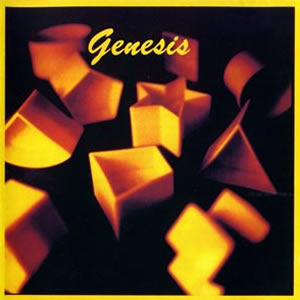
Buy Genesis Although it is titled like an eponymous debut, Genesis was actually the twelfth studio album by Genesis. The group decided to name it such because it is the first album on […]
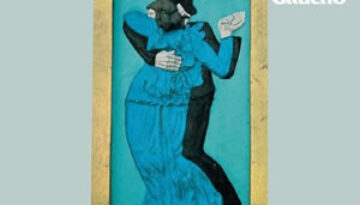
Buy Gaucho Steely Dan had a smooth and steady upward climb through their heyday in the 1970s, with an album-a-year released for six straight years and each gaining in popularity. The group’s seventh […]
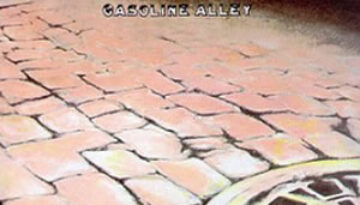
Buy Gasoline Alley His second official solo album, Gasoline Alley, is a critically acclaimed 1970 album by Rod Stewart. It features a diverse mixture of covers and originals that reflect the various styles […]
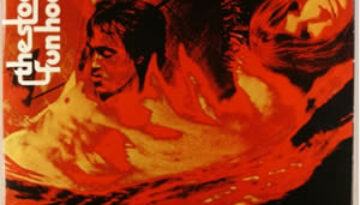
Buy Fun House The second of the initial trio of albums by The Stooges which were considered integral to the development of punk rock, Fun House, has consistently grown in critical stature in […]